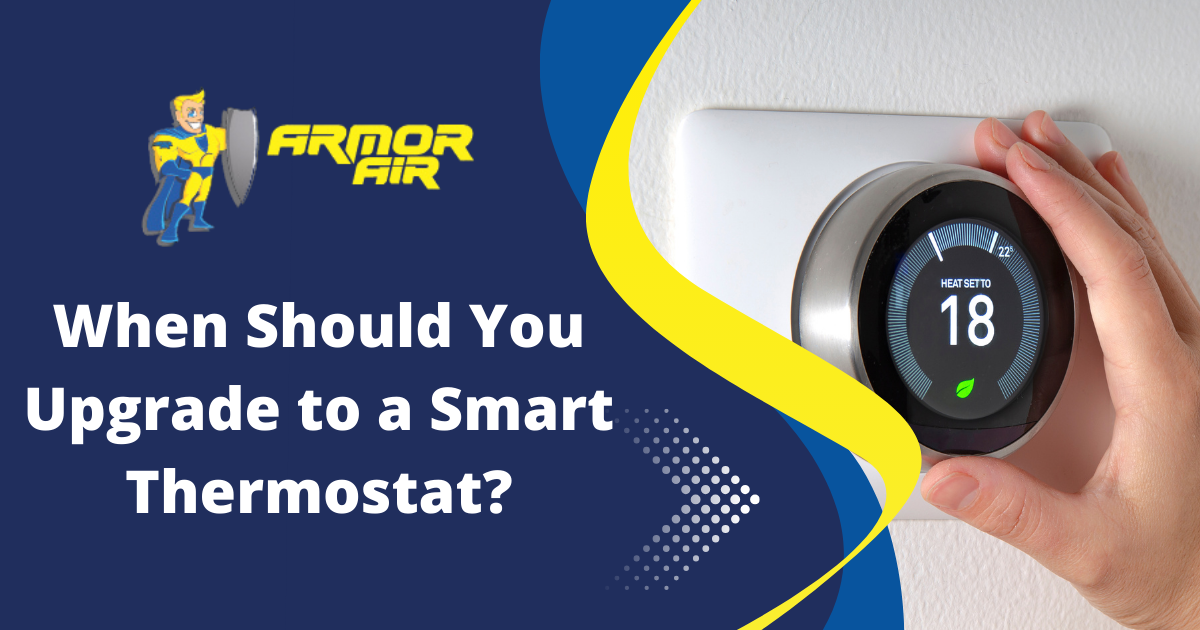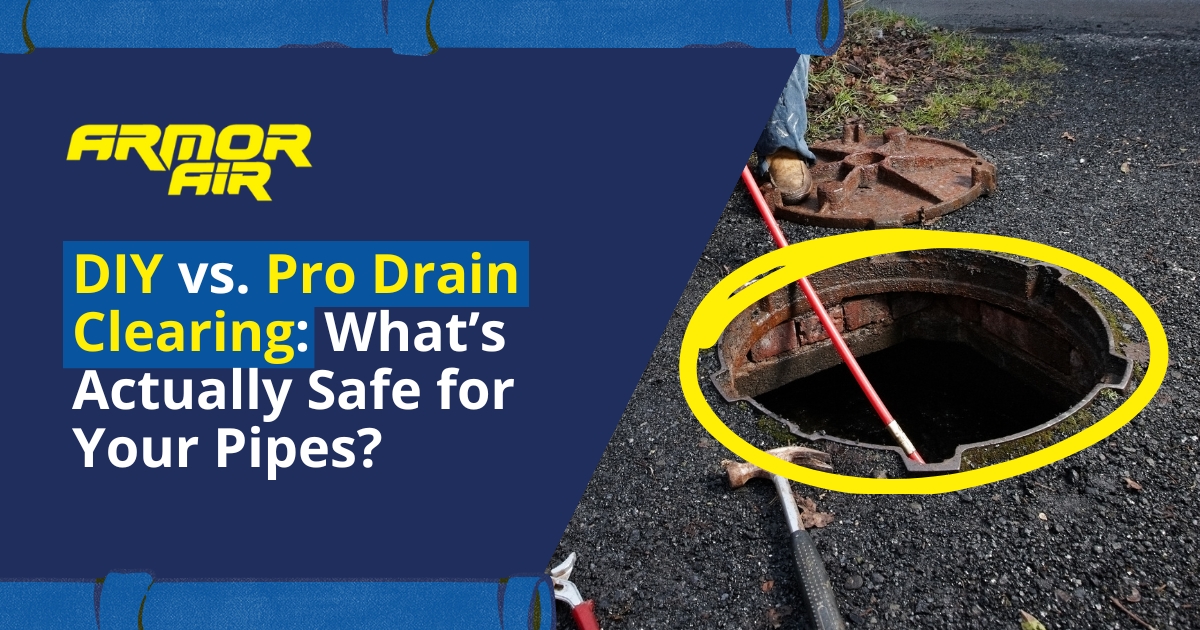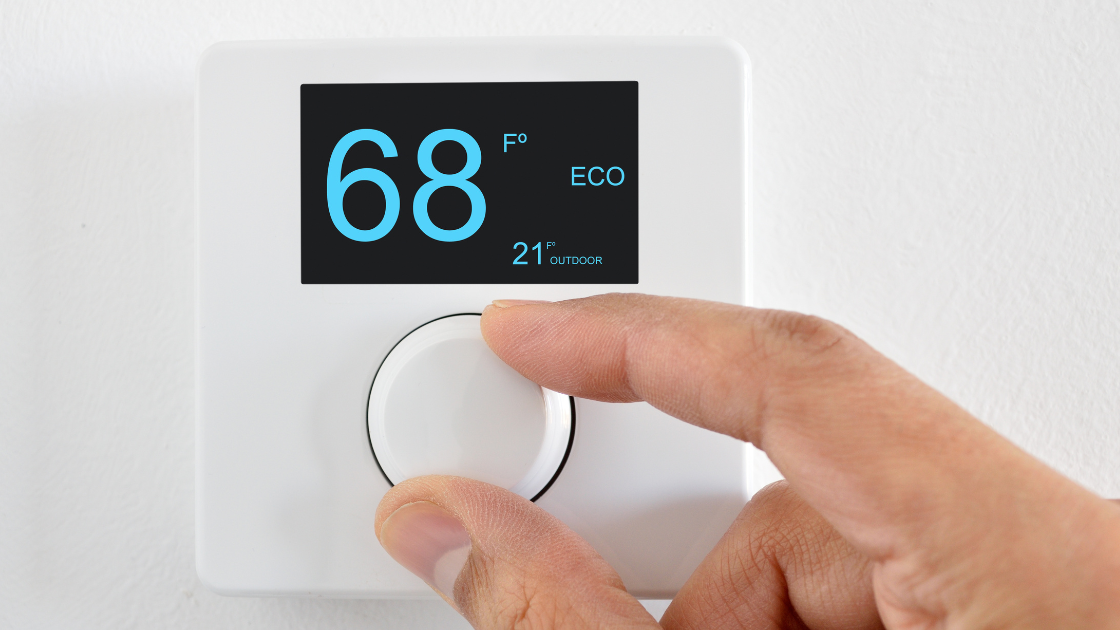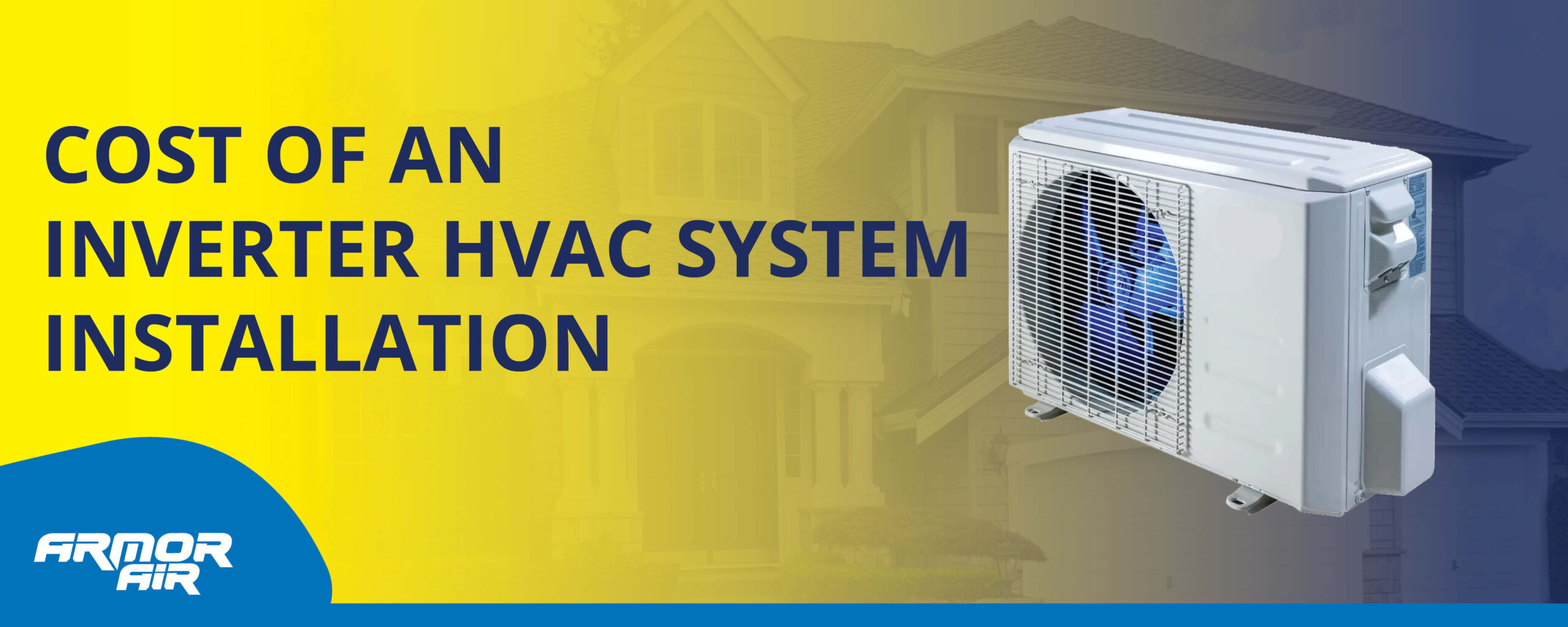Closed: Sun for God + Family time

Comprehensive Explanation of Cooling Equipment | Armor Air
We all look forward to the arrival of warmer weather. But as the dog days of summer settle in, some days across Indianapolis and Central Indiana are oppressive with high heat and humidity levels, making a properly functioning cooling system a necessity to stay cool and comfortable at home.
In this blog, the certified technicians at Armor Air explore the various types of cooling systems, their applications, and the factors you should consider when selecting the right air conditioning system for your home. Keep reading to learn what type of cooling system might be right for your Indianapolis home, and contact Armor Air for all of your cooling system maintenance, repair, and installation needs.
Common Types of Cooling Systems
You have options when it comes to cooling your Indianapolis, IN home. Some of the most common types of cooling systems our technicians install include:
Air Conditioning Systems
The first modern air conditioning system was invented in 1902 by Willis Carrier to solve humidity issues at a printing plant in Brooklyn, NY, but it wasn’t until the 1960s that most Americans had central air conditioners installed in their homes. The rest is history. Today, central air conditioners are a staple in most American homes to provide efficient and reliable cooling during warm days.
The main components of a central air conditioning system include:
- Condenser
- Evaporator
- Refrigerant lines
- Air handler
- Thermostat
- Ductwork
Air conditioners are tasked with removing heat and humidity from the air in your living spaces to lower the temperature. When the air inside your home is drawn into the HVAC system’s air handler through the return ducts, it passes over the evaporator coil which contains a refrigerant that absorbs heat from the air, cooling it in the process.
The cool air is then blown back into your living spaces by the air handler’s blower, through a series of ducts and out vents located throughout your home. The hot refrigerant gas that was absorbed from the heat flows to the outside condenser unit where it’s compressed and released into the outdoor air. The refrigerant flows back to the evaporator coil to repeat the process.
When shopping for new air conditioning equipment, it’s important to consider these factors:
- Size. The size of an air conditioner refers to its cooling capacity; not its physical size. Based on the square footage of your home, the climate it’s in, and other factors, you need an appropriately sized unit to properly cool your home and keep your energy bills under control. An oversized or undersized unit can lead to high energy bills, inefficient operation, and a shorter lifespan.
- Efficiency. An air conditioner’s efficiency is determined by its Seasonal Energy Efficiency Ratio, or SEER, rating. The higher the SEER rating, the more efficient the unit is. Higher SEER-rated units cost more, so you’ll want to find an efficient system that is also within your budget.
- Noise Level. Air conditioners are manufactured with various decibel levels. If your air conditioner is located close to a bedroom, consider a quieter model.
- Additional Features. When buying an air conditioner, consider additional features such as smart thermostats, whole-house air purifiers, whole-house dehumidifiers, and variable-speed motors.
- Installation. Who installs your central air conditioner greatly impacts how well your system performs. Unskilled and inexperienced technicians who improperly install your air conditioner can affect how well it performs which will raise energy bills, lead to breakdowns, and decrease its lifespan. Do your research, and hire only qualified heating, cooling, and indoor air quality technicians to perform HVAC equipment installation.
Heat Pump Systems
Due to their efficiency, heat pumps are used by countless homeowners across the Indianapolis area. Although they’re called air source “heat” pumps, they provide both heating and cooling for year-round comfort. When temperatures drop below freezing, they typically require a supplemental heating source such as a gas furnace.
Heat pumps operate similarly to air conditioning systems during warmer weather by removing heat from inside the home and transferring it outside. How they work in the winter sets them apart from traditional heating systems. During the winter, air source heat pumps operate by extracting warm air from the external environment through the use of refrigerant. After absorbing heat, the refrigerant travels through the condenser, releasing warm air into your home. Geothermal, or ground-source heat pumps, meanwhile, exchange warm air between the home and under the ground.
Because heat pumps don’t use a fuel source such as oil or natural gas to create heat during the winter, they are highly efficient. It’s estimated that heat pumps can transfer up to 300% more energy than they consume.
Some common benefits associated with installing an air-source heat pump include:
- Heating and cooling from one system
- Increased energy efficiency
- Lower Energy Costs
- Lower environmental footprint
- Long lifespan
- Tax incentives
It’s important to carefully weigh your options before considering buying a heat pump. Although they offer a number of useful benefits, they cost more upfront and struggle to operate efficiently on really cold days.
Ductless Mini-Splits
Ductless mini-splits are a type of heat pump that can be used to heat and cool just one room or specific area of a home or the entire home. As their name suggests, they don’t require the use of ductwork to transport conditioned air to your living areas. Instead, they consist of an outdoor compressor/condenser unit with one or more indoor air handling units installed on the walls or the ceilings in rooms.
Like traditional air-source heat pumps, ductless mini-splits move heat in and out of a home depending on the season. A ductless system consists of an outdoor unit, one or more indoor units, and a conduit that connects them that contains the power cable, refrigerant tubing, and condensate drain. By programming each indoor unit individually, homeowners can precisely control the temperature in each zone or room of their house. This feature offers a level of control over the indoor environment that is both advanced and customizable, allowing for maximum comfort and convenience.
Some of the most common applications for ductless mini-splits include:
- Bonus rooms over the garage
- New home additions
- Garages or workshops
- Basements or attic spaces
- Homes without ductwork
- Homes with inadequate or leaky ductwork
Aside from providing zoned heating and cooling, ductless mini splits are also environmentally friendly because they don’t burn a fuel source during the winter, they are easy to install, and they’re extremely efficient. Ductwork can lose 20-30% of conditioned air through leaks and poor insulation, which isn’t a problem with a ductless system.
Contact Armor Air for Reliable Cooling Services in Indianapolis, IN
By understanding the most common types of residential cooling systems available, you can choose the one that best suits your home’s comfort needs and budget. The certified HVAC technicians at Armor Air are expertly trained to maintain, repair, and install all types of cooling and heating equipment. To learn more about your options or to schedule an appointment, contact Armor Air today.
Share This Story, Choose Your Platform!
Recent News

How to Beat the Humidity: Dehumidifier Benefits in Indiana Homes

When Should You Upgrade To a Smart Thermostat?

DIY vs. Pro Drain Clearing: What’s Actually Safe for Your Pipes?

How Whole-Home Surge Protection Shields Your HVAC & Appliances

Top 5 Causes of AC Breakdowns During Indiana Heatwaves

Help! My Heater Won’t Turn Off



